“We Have Always Been Here”: How DNA and Oral Tradition Aligned to Tell the Picuris Pueblo’s Deep Past
Anthropology.net
MAY 1, 2025
federally recognized tribe has led and co-authored a genomic study of its own ancestry. Ancient Ties, Modern Stakes The study grew from a desire not just to explore ancestry but to support sovereignty. in April 2024. Archaeology of Native North America. A new study, however, places them squarely in the realm of science.


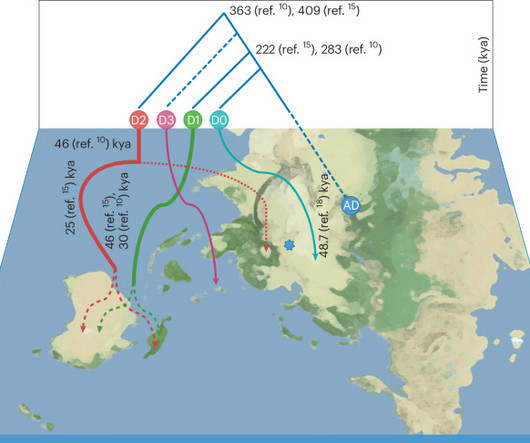

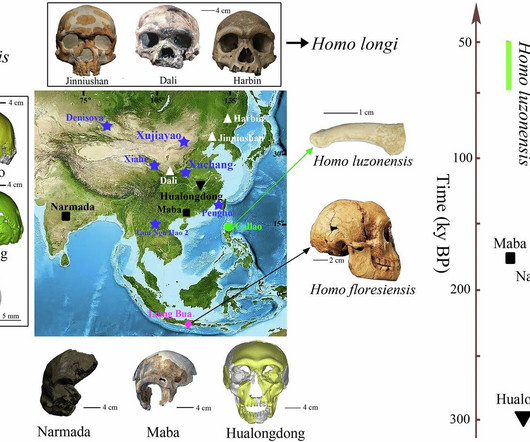

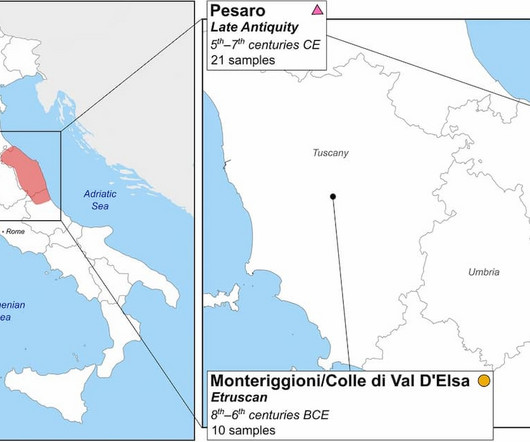
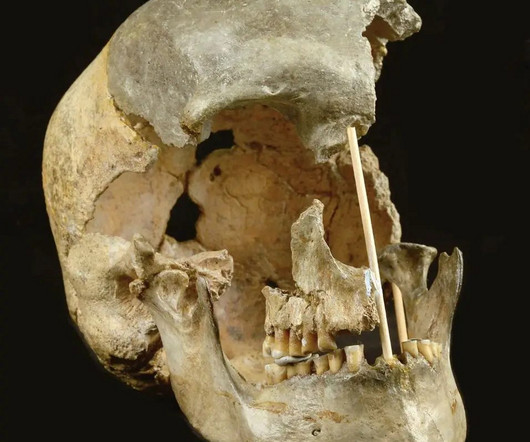
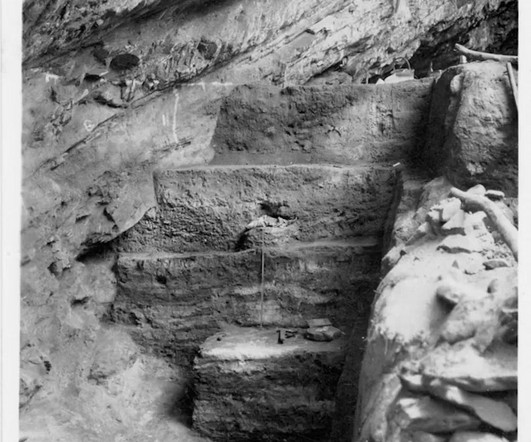
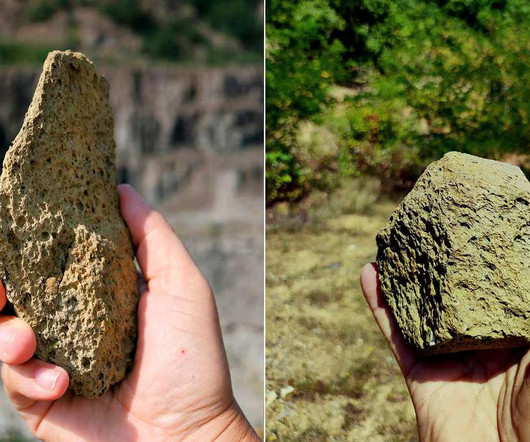
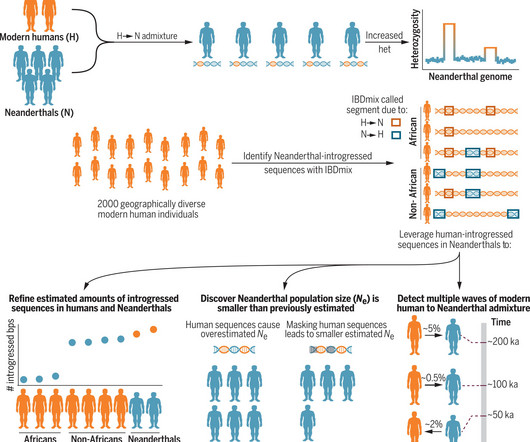

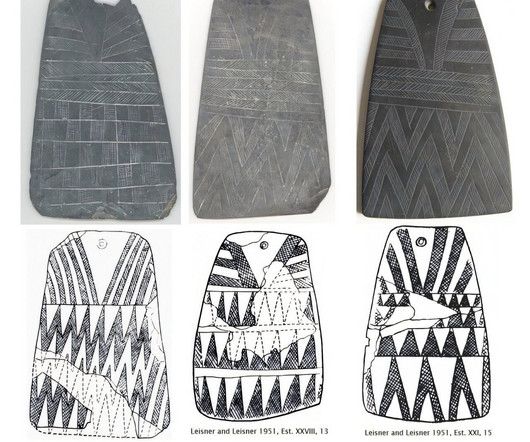
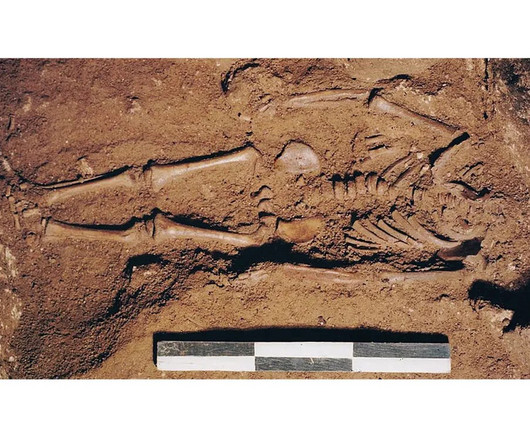
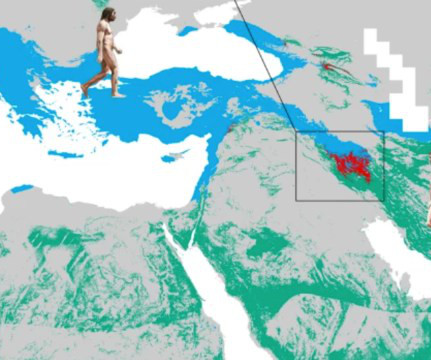
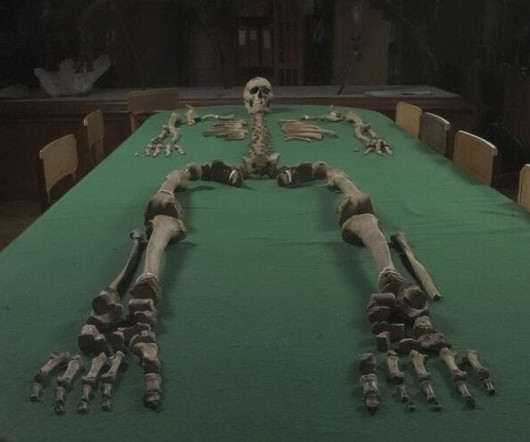
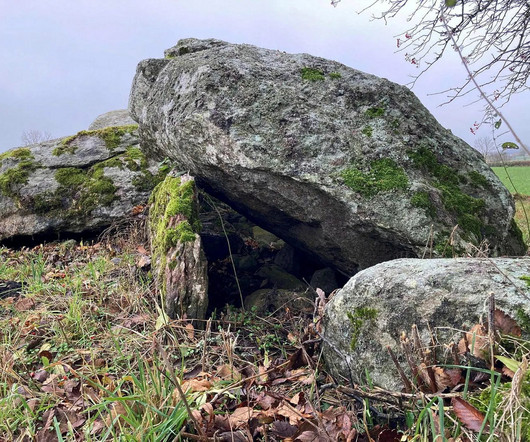

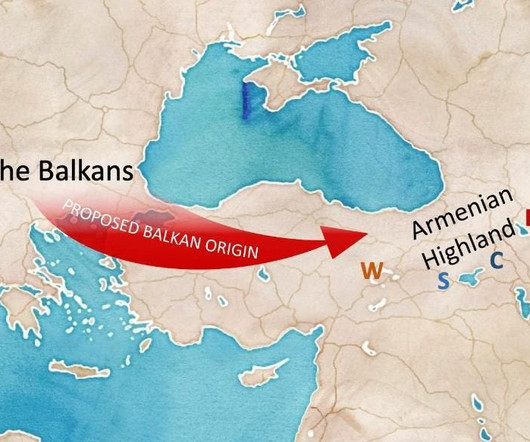
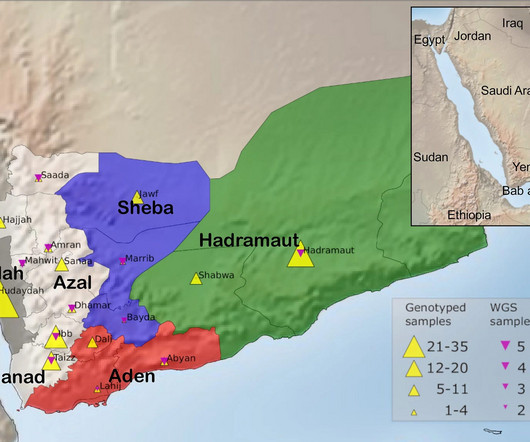






Let's personalize your content